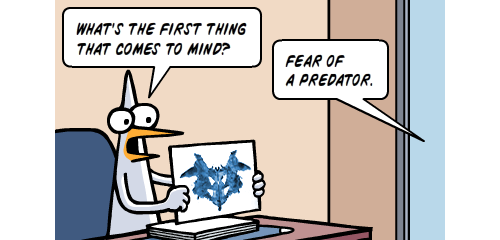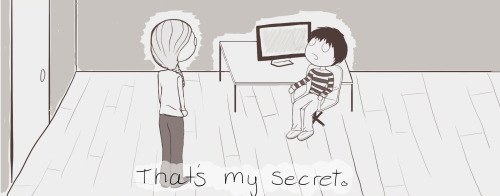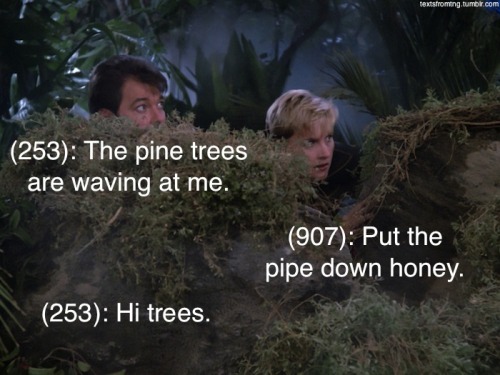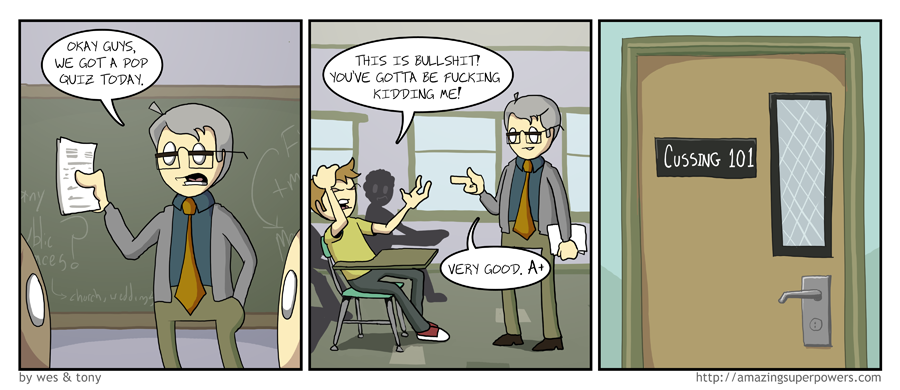Dendrites form as weathering frees ions from the minerals (in this case, possibly including bits of volcanic glass) making up the parent rock. Some ions, for example, sodium, potassium and calcium, are quite soluble, and tend to be carried off by water. If that water ends up in a closed basin, those minerals may precipitate out again as
salts of one kind and another. Other ions, including manganese and iron, are much less soluble and hence less mobile; they might dissolve briefly, only to precipitate back out close to their source.
When mathematicians and scientists started working with the idea of chaos during the late 1970's and 80's, one of the early results was
a "random walk" model of dendrite formation. In simple terms, the idea is that an "ion" (computer modeled as a pixel) is released into a fluid, where it moves randomly due to Brownian motion, until it contacts a seed crystal. It then sets, or precipitates, at the point of contact, at which time a new ion is released. Repeating that process many times in a two-dimensional space results in a structure that is very similar to a dendrite. As shown at the previous link, it can also occur in 3-space, but it's less obvious on a two dimensional surface. In the case of dendrites, the "two-dimensional space" is a joint or fracture of some type, which can be conveniently thought of as a plane.
Photo unmodified. August 19, 2011.
FlashEarth Location.




































































